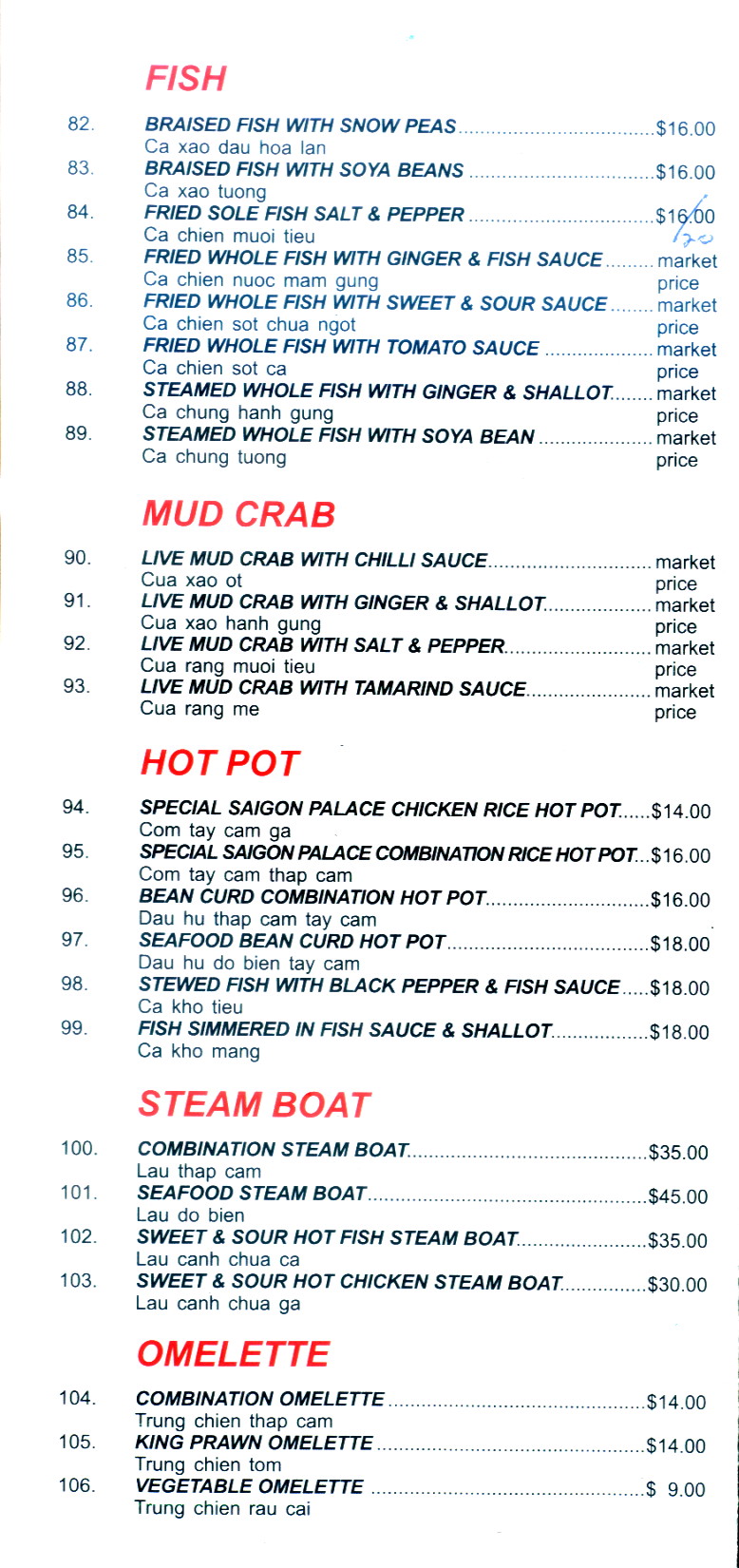| << Chapter < Page | Chapter >> Page > |
1. Past Participles used as adjectives
Complete the words in column 2.
| The chefs do this(a) mince beef(b) mash potatoes(c) shred cabbage(d) fillet plaice(e) slice mushrooms(f) fry scampi(g) stew lamb(h) grill sardines(i) bake ham | The waiter or waitress serves thisminced beefm........potatoes......dd......cabbage...............plaice..........mushrooms......ie..scampi........ lamb...........sardines..........ham |
Notes:
2. The Passive Form
When the waiter and waitress explain a dish, they usually talk only about the food, not about the chefs. In other words, the passive form is often used to describe how things are made.
The beef is cooked in wine.
The cod is poached in milk.
PRACTICE
1. Rewrite the following sentences using the passive form.
| .... |
| has |
| contains |
| in it. |
Countable ingredients
| .... |
| has |
| contains |
| in it. |
PRACTICE
Choose phrases from B in the chart below to explain the following dishes to customers. Here is the information you need:
Tortilla
Tortilla: a sort of omelet
Main ingredients: eggs and potatoes
Additional ingredients: onion (just a little)
Preparation: slice potatoes, chop onion
Method of cooking: fry in oil
Accompaniment: serve with green salad.
Ratatouille
Ratatouille: a sort of vegetables stew.
Main ingredients: tomatoes, aubergines, green peppers, courgettes.
Additional ingredients: oil, butter, garlic.
Preparation: slice main ingredients.
Method of cooking: saute and then stew slowly in the oven.
Accompaniment: serve with boiled potatoes or rice.

3. Look at the following menu from Saigon Palace Restaurant. Work in groups of three or four. Some of you will be customers ordering foods, and the other will be the waiter/waitress taking down the orders.






2. Vocabulary
Food ingredients and recipes
Ingredients
Put the following words into the correct types of ingredients.

Notification Switch
Would you like to follow the 'English for tourism' conversation and receive update notifications?